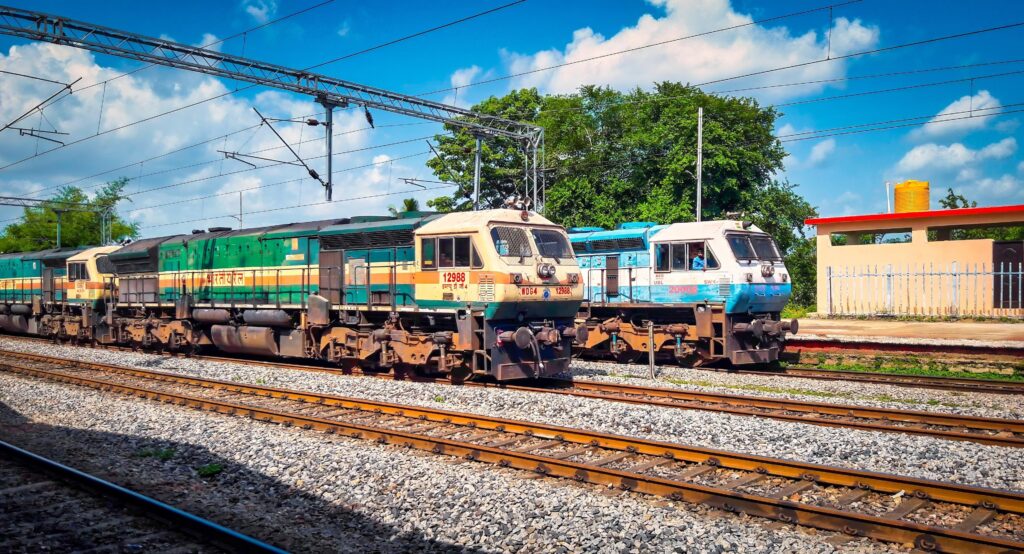NEW DELHI: The Union Cabinet Committee on Economic Affairs (CCEA) has approved four railway projects across Maharashtra, Odisha, and Chhattisgarh worth ₹18,658 crore, Railways and Information and Broadcasting Minister Ashwini Vaishnaw said on Friday.
These multi-tracking projects will add 1,247 kilometres to the existing Indian Railways track network, with 680 km of routes being added.
The projects are Sambalpur–Jarapada 3rd and 4th Line, Jharsuguda–Sason 3rd and 4th Line, Kharsia–Naya Raipur–Parmlakasa 5th and 6th Line, and Gondia–Balharshah doubling.
“The enhanced line capacity will improve mobility, providing enhanced efficiency and service reliability for Indian Railways. These multi-tracking proposals will ease operations and reduce congestion, providing the much-required infrastructural development on the busiest sections across Indian Railways,” the Cabinet said in a statement.
The 278-route km railway lines in Chhattisgarh will be built at a cost of ₹8,741 crore and will bring up to 38 million tonnes (mt) of additional cargo, while the ₹4,819 crore line doubling in Maharashtra will help in decongesting North–South routes, Vaishnaw said.
Similarly, the two projects in Odisha are expected to decongest crucial arteries, such as Talcher, Paradip, Sambalpur, and the Howrah–Mumbai route. These see heavy congestion due to high passenger movement and the supply of coal, among other raw materials.
The projects will generate 38 million human-days of employment, Vaishnaw said, adding that diesel consumption will be reduced by 950 million litres due to these electrified projects.
The completion of these projects will see the railways reaching 19 new stations, which will be constructed to enhance connectivity to two aspirational districts (Gadchiroli and Rajnandgaon).
The projects, according to Vaishnaw, will give railway connectivity to 3,350 villages and about 4.7 million people.
These projects will also lead to “quantum jumps” in the freight figures of Indian Railways, Vaishnaw said during the briefing.
“These are essential routes for the transportation of commodities such as agricultural products, fertiliser, coal, iron ore, steel, cement, limestone, etc. The capacity augmentation works will result in additional freight traffic of magnitude 88.77 million tonnes per annum (mtpa). The Railways, being an environment-friendly and energy-efficient mode of transportation, will help both in achieving climate goals and minimising logistics cost for the country, reduce oil imports (950 million litres) and lower CO₂ emissions (4.77 billion kg), which is equivalent to the plantation of 190 million trees,” the Cabinet said.
Source: Business Standard

 India Ranks Tenth With $1.4 Billion Private Investment In Artificial Intelligence: UN Report
India Ranks Tenth With $1.4 Billion Private Investment In Artificial Intelligence: UN Report 